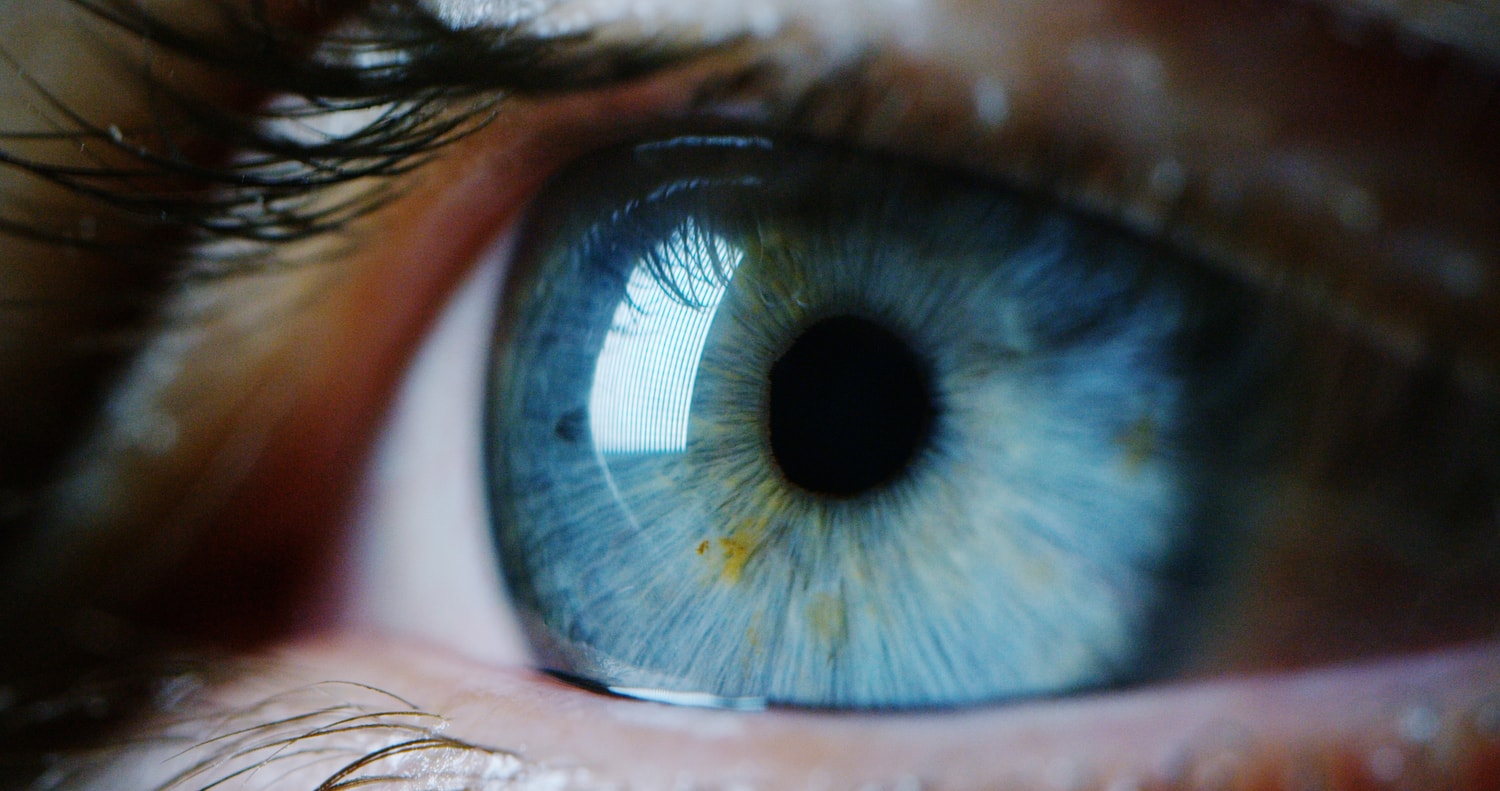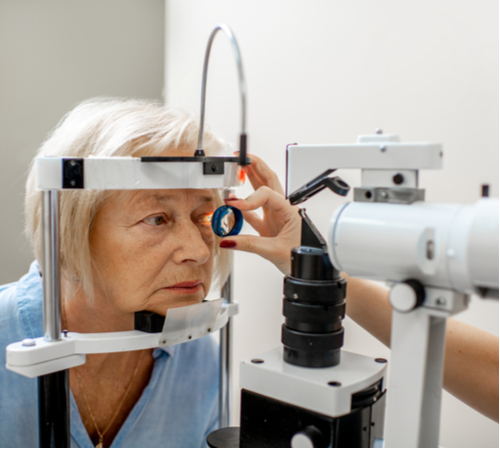Turn on the Light or Why People Don’t See Well in Darkness
As we are getting older, we notice that it has become more difficult to see in twilight or darkness. This makes us feel uncomfortable and leads to a decrease in the quality of life over the years. Here are the reasons for eyesight deterioration and how to avoid this problem.

How Eye Muscles Work
We got used to viewing iris as a distinguishing personal attribute. However, it fulfills not only the esthetic but also an essential practical function. The iris consists of a set of tiny muscles that control the size of the eye pupil. In turn, the eye pupil is responsible for the amount of light that gets into the eye. At a young age, the eye’s pupil diameter makes approximately 5 mm, but the diameter may decrease to 3 mm as we are getting older. We become less sensitive to light: it is not too apparent on a sunny day during the daytime, but we have the “sunglasses effect” in twilight or darkness. The iris muscles contract more slowly, which is why the pupil widens slower in response to the darkness or narrows in response to bright light. This prevents our eyes from adapting more quickly, which makes us disoriented, for example, when going out from a brightly lit restaurant into the dark street.
What Are the Other Reasons for Bad Eyesight
According to the research “Everything You Need to Know About Night Blindness”, the changes in iris muscles are not the only reason why we can have issues with eyesight in darkness and twilight. It can be caused by myopia, pigmented retinitis, some genetic disorders (such as Usher’s syndrome). Add to this the changes of the crystalline lens with years, which becomes less flexible and transparent with age and allows less light, which leads to dimmed vision during the day and night. When the crystalline lens becomes non-transparent, the doctors call such as state as cataracts.
Issues with night vision can also be caused by the changes in the eye’s retina structure. In simple terms, the retina works as a lens in a digital camera: its photoreceptors “catch” an image and send signals to the optic nerve which, after being transmitted to the brain, are processed by it, which explains how we see what we see. There are two types of photoreceptors: rod cells and cone cells. The cone cells are responsible for color and details. For example, they help us to discern the traffic lights or read an article on the web. The rod cells allow us to see only in black and white, but they are sensitive to light, and they are responsible for sharp vision at night. Healthy young people have rod and cone cells in the proportion of 9 to 1, but the older we are, the fewer rods we have according to the research “Poor night vision is the result of changes in the pupil”.
Preventing Issues with Nigh Vision: What We Can Do

By itself, night blindness (nyctalopia) is not a disease, according to the research “Is This Why You Can’t See at Night?“, as suggested by Bryan Roth, MD. Although only a doctor can tell the exact reason for dimmed eyesight and problems with orientation in the darkness, there are several general recommendations that could help keep the eyesight healthy.
One of the main recommendations is to avoid a deficit of Vitamin A. This vitamin is found in carrot, pumpkin, spinach, mango, and other vegetables and fruits. After getting into our body, Vitamin A is synthesized from beta-carotene into retinol, which is needed to transmit nerve impulses from the retina into the brain (it is also useful for skin, hair, and normal functioning of the immune system). Our daily need for Vitamin A is 50-100 mg, so it is better to check the additional dosage with the doctor. The physician can make a blood test to determine the level of this vitamin and glucose in the blood. People with high blood sugar or diabetes are prone to eye diseases.
The research “The Effect of Lutein on Eye and Extra-Eye Health“ proves the preventive effect of another carotenoid, lutein. It prevents the eye lens from fogging and has an antioxidant effect. A proper diet, including lutein (for example, the Mediterranean diet), can improve eyesight health. Lutein is found in many other products. It is contained in large quantities in blueberry, cress, and paprika.
Doctor Bryan Roth is convinced that people need not only a vitamin-balanced diet but also a regular check-up. “Many eye diseases have no symptoms, which is why I tell my patients it’s important to get a routine eye exam every year whether you think you have a vision problem or not,” Dr. Roth says.
Learn more about SUPPLEMENT+, Vision
What to learn more? Read here:





